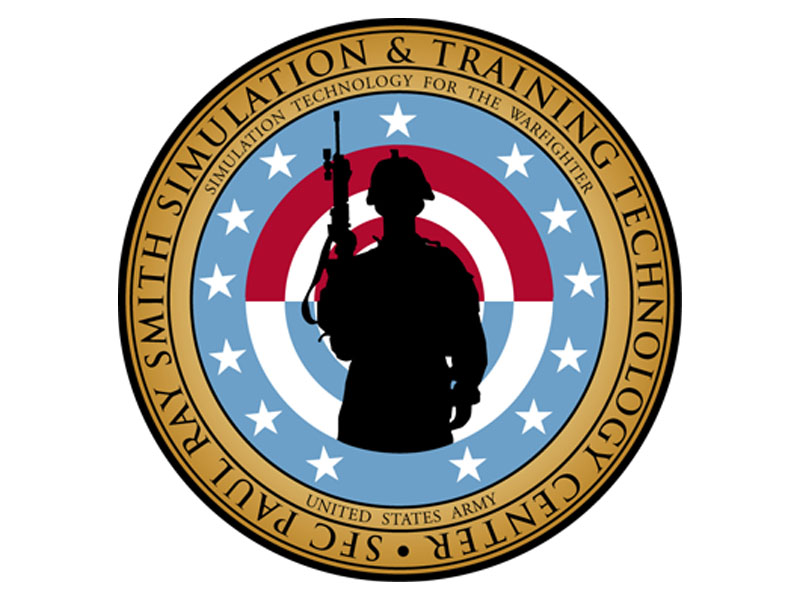Intel Labs & The US Army's STTC Are Making VR More Realistic
The collaborative R&D effort could potentially allow thousands of soldiers to concurrently participate in virtual training exercises and be further applied to fields as diverse as disaster response and paintball wars.
Intel has partnered with the US Army's Research Laboratory's Human Research and Engineering Directorate, Simulation and Training Technology Center (STTC) to "optimize research in virtual training environments" to make virtual reality training a reality and allow for at least 1,000 concurrent human participants.
The technology was initially tested in the Intel STTC User Scalability Experiment 1 on March 23, 2013 to "prove and demonstrate that more than 100 users may operate in the same space at the same time to achieve a realistic mission." The experiment examines scalability in three interrelated categories: "size of the operational area, number of entities in the environment and the complexity of the environment" and aimed to determine a performance baseline for the following metrics:
- Average simulator frame rates
- Server network bandwidth consumption
- Client network bandwidth consumption
Doug Maxwell, the STTC's Science & Technology Manager, stressed that “properly representing the operational environment for Army training needs will require a massive increase in simulation scalability and flexibility," and that "it is our belief that virtual world technology may be used to achieve the goal of full-spectrum operations during mission rehearsal exercises. This partnership is the first step to show that more than 1,000 users can operate in the same space and at the same time to achieve a realistic mission."
Posting on the Intel Labs Blog, Huaiyu Liu, a research scientist on virtual environments, noted that "realistic virtual presence [is] not too far…" and mused on the potential applications and advantages of the technology:
“Think U.S. Army, or first responder teams dealing with natural disasters. I cannot imagine the consequences if a soldier or a first responder are unable to react and make right decisions when it really counts due to lack of training. So now the question arises in my mind if I can use the existing technologies such as virtual worlds for tactical and procedure training, for fast prototyping of training scenarios, and for large scale mission rehearsals/drills. Unfortunately, the answer I found was that it is not possible because of scalability and realism restrictions.”
Contact Us for News Tips, Corrections and Feedback
Get Tom's Hardware's best news and in-depth reviews, straight to your inbox.
Tarun Iyer was a contributor for Tom's Hardware who wrote news covering a wide range of technology topics, including processors, graphics cards, cooling systems, and computer peripherals. He also covered tech trends such as the development of adaptive all-in-one PCs.
-
Zach Schopfer My professor was actually at this place since March 23rd till Wednesday of last week helping do this. Pretty interesting to see this on here. He even told us that they could simulate the smells of burning flesh...Reply -
janeadams752David. if you, thought Valerie`s blurb is really great... last monday I bought a brand new Mitsubishi Evo from earning $5506 this past 5 weeks and-more than, ten-grand last month. it's by-far the most financialy rewarding I have ever had. I began this 8-months ago and right away brought home minimum $78 p/h. I follow the details here,, www.fly38.comReply
Good luck with that Evo. POS-mobile -
mlopinto2k1 What's wrong with Arma III? I have the alpha and that game is pretty damn intense. Couple that with some really REALLY nice VR goggles and a gyro... what more can you ask for?Reply -
ojas mlopinto2k1What's wrong with Arma III? I have the alpha and that game is pretty damn intense. Couple that with some really REALLY nice VR goggles and a gyro... what more can you ask for?It does support TrackIR, doesn't it? I've been thinking of joining the Alpha/Beta/Full game too. America's Army used to be pretty intense too, didn't like AA3 so stopped playing.Reply

